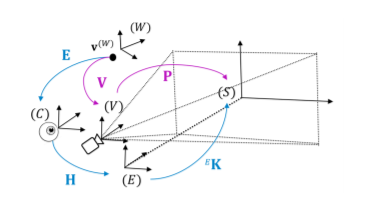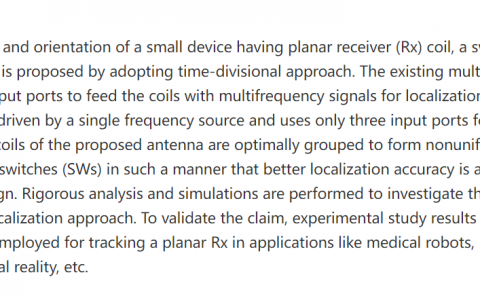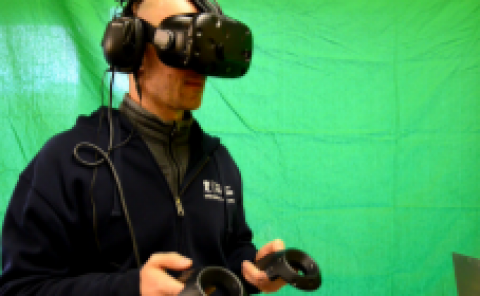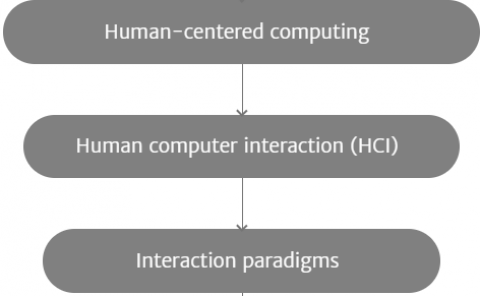Rotation-constrained optical see-through headset calibration withbare-hand alignment
PubDate: Aug 2021
Teams: Imperial College London;University of Pisa
Writers: Xue Hu, Ferdinando Rodriguez y Baena, Fabrizio Cutolo
PDF: Rotation-constrained optical see-through headset calibration withbare-hand alignment

Abstract
The inaccessibility of user-perceived reality remains an open issue in pursuing the accurate calibration of optical see-through (OST) head-mounted displays (HMDs). Manual user alignment is usually required to collect a set of virtual-to-real correspondences, so that a default or an offline display calibration can be updated to account for the user’s eye position(s). Current alignment-based calibration procedures usually require point-wise alignments between rendered image point(s) and associated physical landmark(s) of a target calibration tool. As each alignment can only provide one or a few correspondences, repeated alignments are required to ensure calibration quality.
This work presents an accurate and tool-less online OST calibration method to update an offline-calibrated eye-display model. The user’s bare hand is markerlessly tracked by a commercial RGBD camera anchored to the OST headset to generate a user-specific cursor for correspondence collection. The required alignment is object-wise, and can provide thousands of unordered corresponding points in tracked space. The collected correspondences are registered by a proposed rotation-constrained iterative closest point (rcICP) method to optimise the viewpoint-related calibration parameters. We implemented such a method for the Microsoft HoloLens 1. The resiliency of the proposed procedure to noisy data was evaluated through simulated tests and real experiments performed with an eye-replacement camera. According to the simulation test, the rcICP registration is robust against possible user-induced rotational misalignment. With a single alignment, our method achieves 8.81 arcmin (1.37 mm) positional error and 1.76 degree rotational error by camera-based tests in the arm-reach distance, and 10.79 arcmin (7.71 pixels) reprojection error by user tests.



